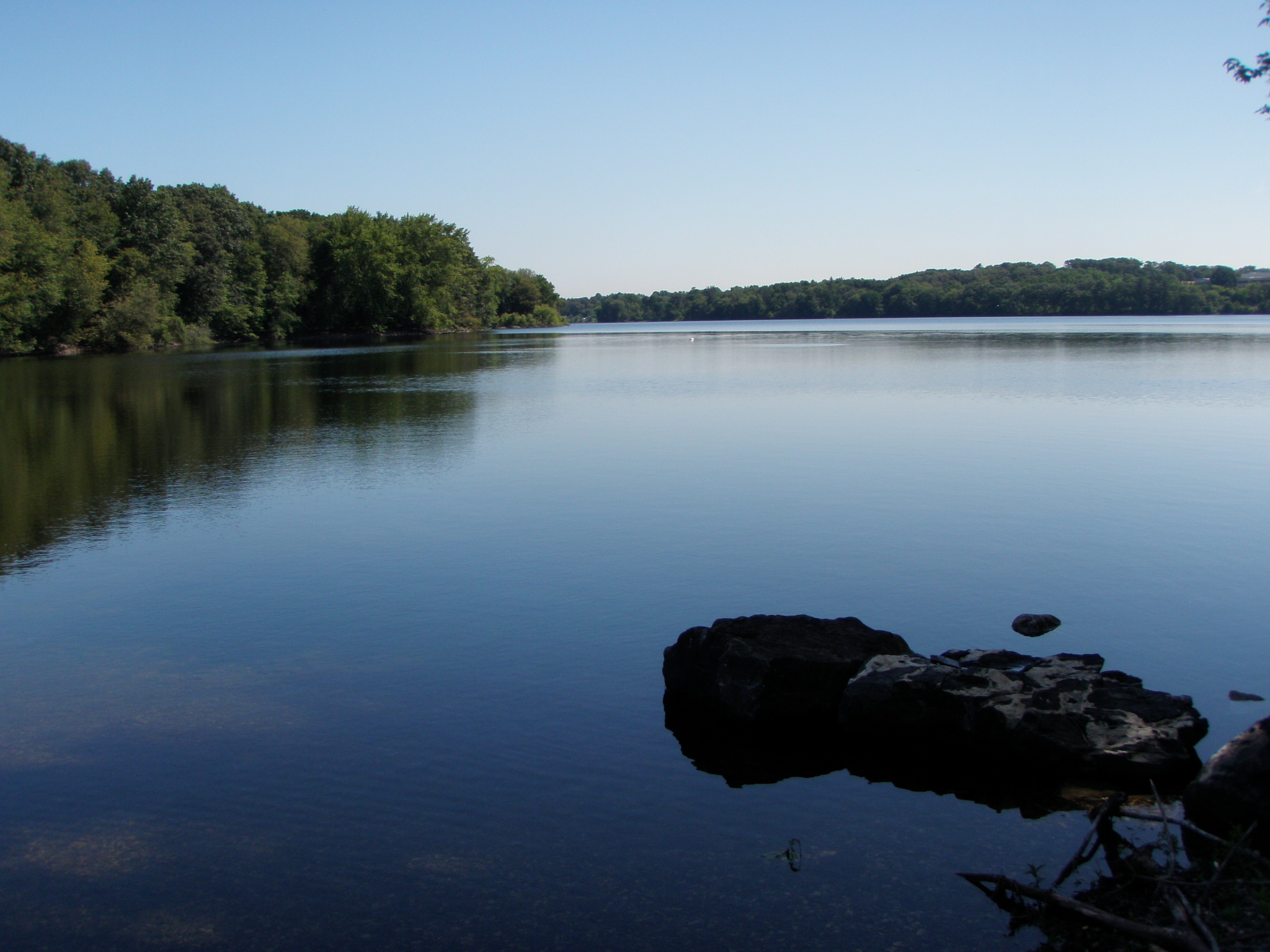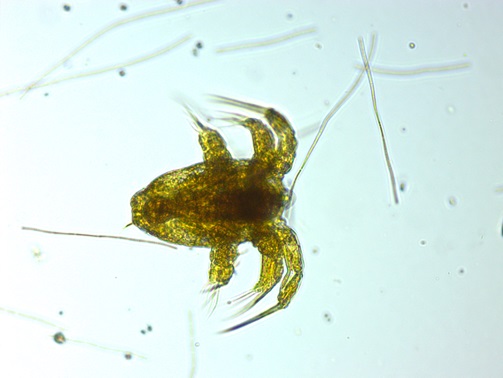Algae Monitoring Program

Algae are the backbone of a healthy aquatic environment.
They produce oxygen, recycle nutrients from the water column, and form the basis of the aquatic food web. You have algae to thank for the air you breathe, fish you eat, and even the fuel in your car! However, when water quality becomes impacted by excessive nutrients, algal populations can swell to form blooms. These blooms of algae or cyanobacteria can impact the taste and odor of the drinking water, and occasionally produce harmful toxins. Due to a lack of excessive nutrient runoff and low residence times, Cambridge reservoirs are not currently at high risk for developing harmful algal blooms. However, it is still important to monitor for changes in the algal community, which could indicate the start of a harmful bloom.
In 2019, the Cambridge Water Department performed an algae baseline assessment to identify, quantify, and monitor algal communities in the City’s drinking water reservoirs. The 2019 study is intended to serve as a baseline for comparison to future years. Watershed Division staff collected water samples from Hobbs Brook, Stony Brook, and Fresh Pond Reservoirs and shipped the samples to a contract laboratory for identification and enumeration. Results of the 2019 study are summarized here.
Currently, Watershed Division staff collect algae samples in Fresh Pond Reservoir near the intake to the treatment plant monthly as weather allows. If Watershed Division staff observe conditions that indicate algae growth in any of the City’s reservoirs (such as green-looking water), additional samples are collected to assess the risk of a harmful algae bloom and inform water treatment operations. These data can be used to inform watershed management and can serve as an indication of watershed health over time.
While most algae samples are sent to a contract laboratory for analysis, the Cambridge Water Department laboratory has a microscope that can be used for in-house algae identification on an as-needed basis.
Visit the photo gallery to see pictures taken of algae from Cambridge reservoirs using the Water Department microscope!
